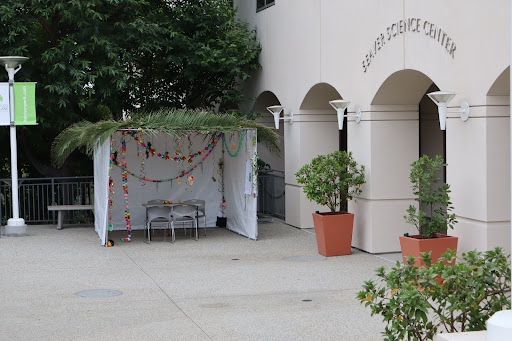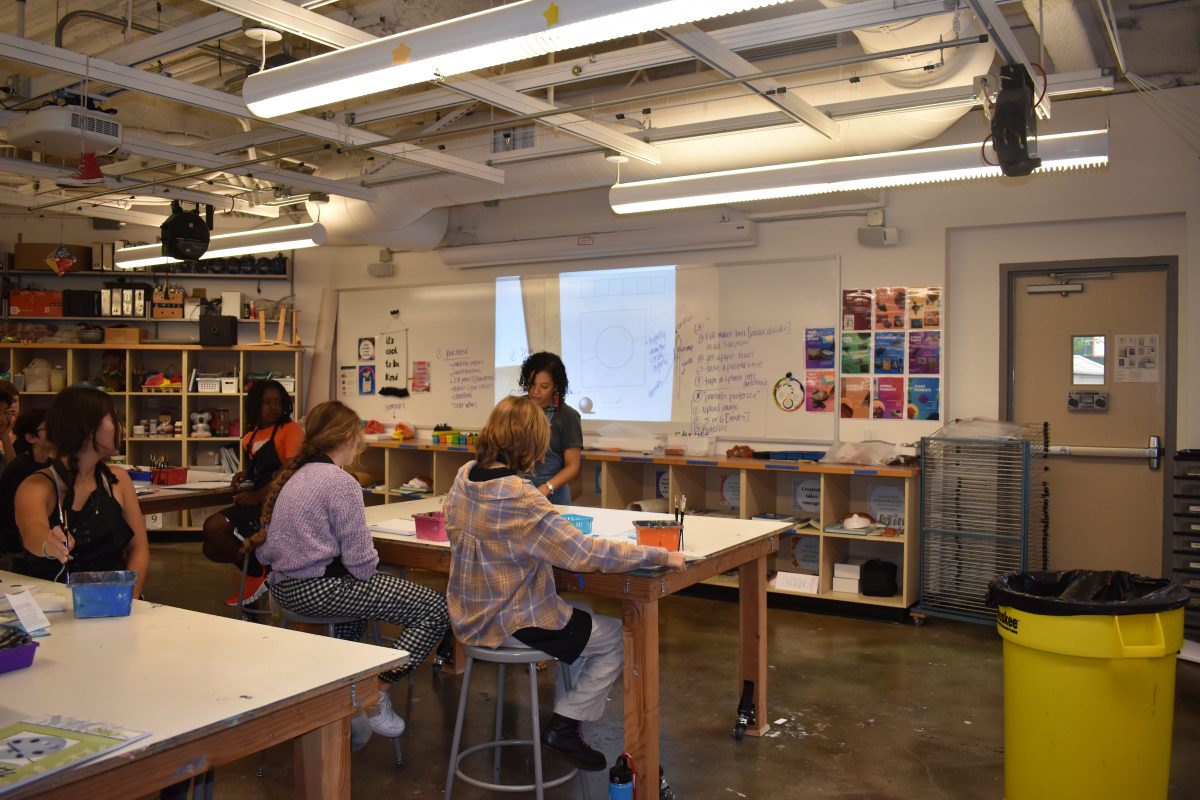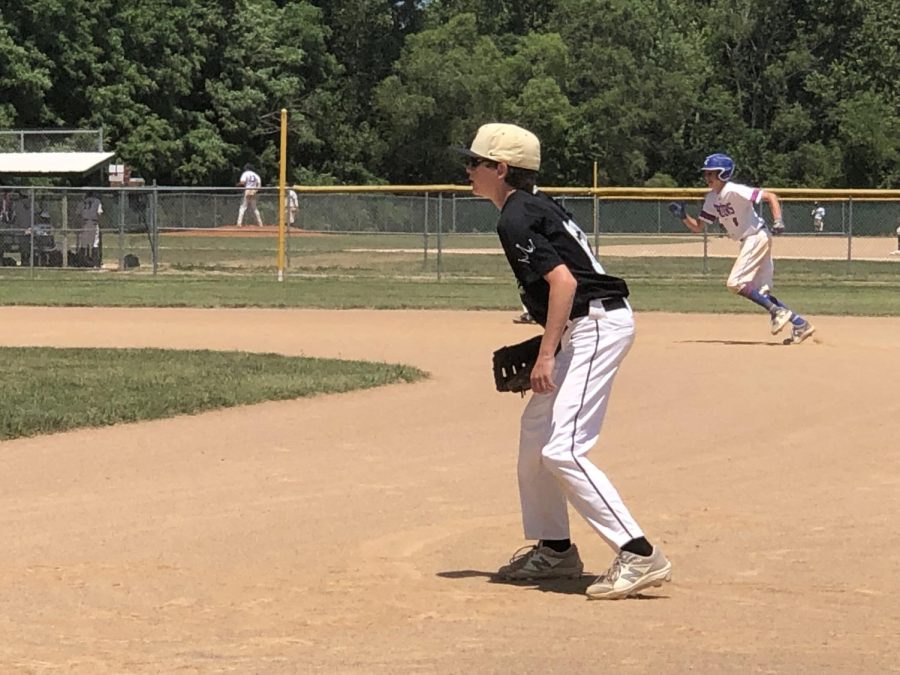“The ballot is stronger than the bullet.” – Abraham Lincoln
As the polls came to a close and the results of the 2018 midterm elections were announced, I anxiously watched my computer screen as the previously grey states became blue and red on the live online election map and wished that I had done more to make my voice heard in the elections.
Before I had opened my computer to check the results of the elections, I assumed that there wasn’t anything I could do to influence the elections as a 15 year old and therefore ineligible voter. However, after waiting for the results and reading about voter turnout in the elections, I knew that feeling like a helpless and insignificant citizen was an issue that permeated throughout the United States. As of press time, the number of citizens who voted in the midterm elections increased from approximately 83 million in the 2014 midterm elections to 114 million in this year’s midterm elections, the first elections in United States history in which voter turnout exceeded 100 million. In 2014, however, voter turnout was the lowest it had been in 70 years, since World War II. On the one hand, significant progress has been made in terms of voter turnout. On the other hand, it is important to recognize that we, as a society, still have a lot to accomplish in increasing voter participation in our country. Fortunately, I learned that there are a myriad of ways that students under the age of eighteen can impact the elections and affect change in their communities.
Many fail to realize that the issues that midterm candidates support or oppose are directly applicable to our everyday lives – as students, as teenagers and as citizens. For example, not only did eligible California residents vote for candidates to fill the 53 available House seats on Nov. 6, but they also voted for the state’s governor. While the next major elections (the presidential elections in 2020) may seem far away, it is important to note that the perspectives and opinions of ineligible voters can play a very significant role in local elections, too. In fact, there are several ways for those who are not eligible to vote to take an active role in politics in their communities.
First of all, people who are unable to vote can help to register voters by encouraging members of their communities, including their family members and friends, to vote by volunteering with voter empowerment organizations or organizing a voter registration drive. Voter empowerment organizations, such as Rock the Vote and When We All Vote, work toward increasing voter registrations and educate young people about their voting rights. By volunteering with these organizations, ineligible voters can bring their unique perspectives as students to reach a larger audience, enabling them to register more voters and to make a greater impact on their individual communities.
Organizing a voter registration drive is, in reality, much simpler than one would think and can be achieved in three main steps. The first step is to plan the registration drive by considering factors such as one’s goal for the amount of people registered, how the registration drive will impact voter turnout in the future (on both a national and local level) and where to host the drive in order to register the most amount of people. The next step is for one to learn about their state’s policies regarding voter registration and to recruit volunteers and inform them about the state’s voter registration policies and what strategies will be implemented in the drive to allow for optimal voter registration. The final step is to host the registration drive by setting up a registration table in a pre-approved location, using a phone bank to contact potential voters or hosting a forum about an issue that is deeply connected to the local community.
Ineligible voters can also take political action by supporting or opposing specific candidates or the issues that they support or oppose. For example, one could volunteer on a campaign or voice their opinions regarding a certain political candidate by openly supporting or opposing their candidacies (such as going door-to-door with flyers or distributing signs to be posted in neighbors’ lawns). Additionally, social media is a fantastic way for ineligible voters to vocalize their opinions about specific candidates and the policies that they advocate for. In fact, social media is a large platform through which anyone can create meaningful change by sharing their experiences and perspectives.
It is crucial that everyone, no matter their eligibility to vote, participate in our nation’s elections in every way that they can, both nationally and locally. After all, our democracy can only function as long as our citizens actively engage with it.









